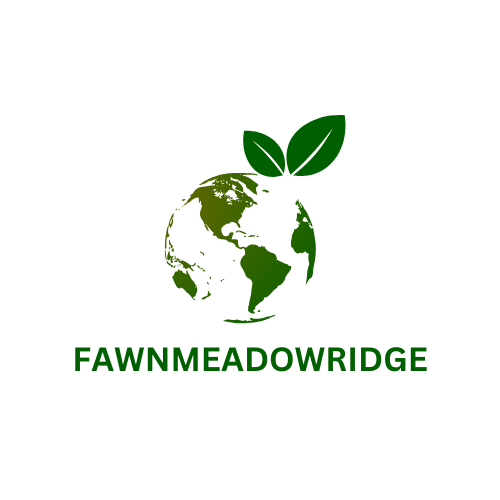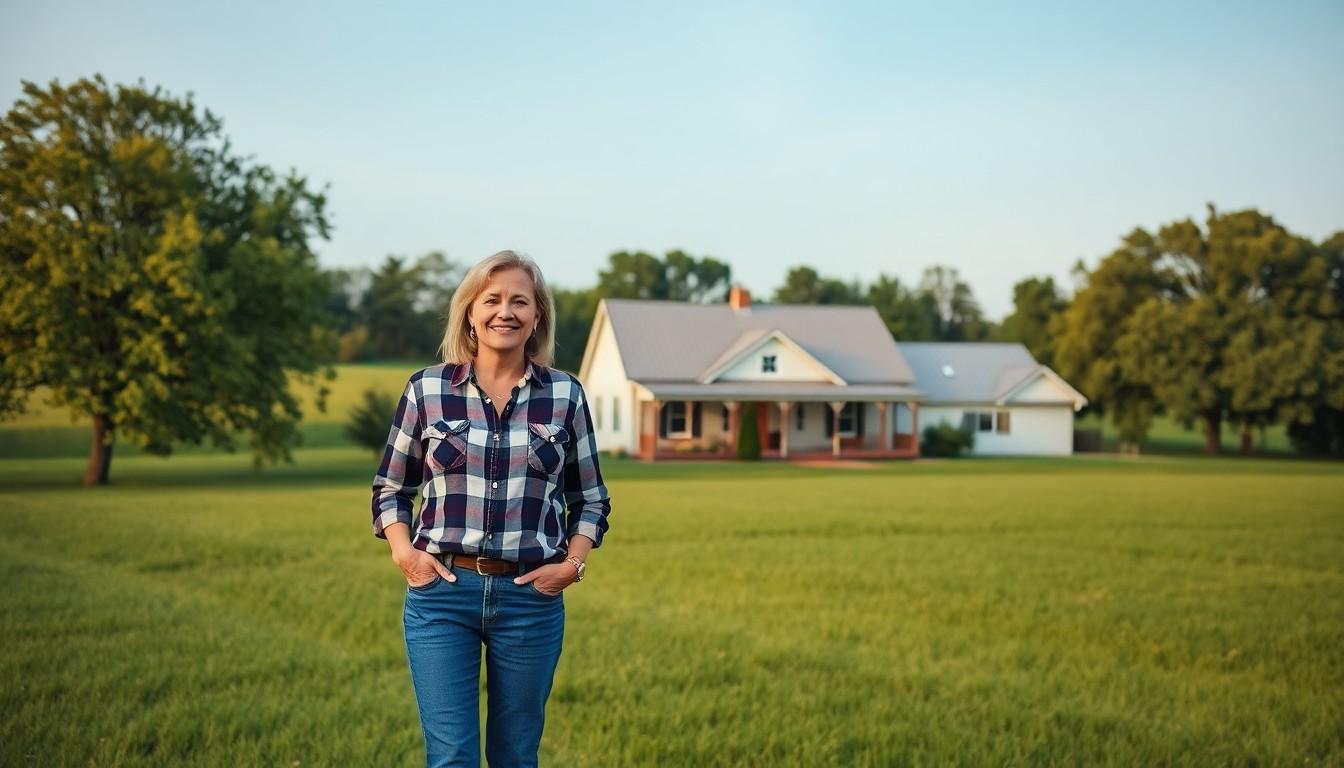Imagine waking up to the sound of chirping birds instead of honking horns. Cheap rural properties offer not just a home but a lifestyle that whispers peace and tranquility. With prices that won’t make your wallet weep, these hidden gems provide an escape from the hustle and bustle of city life.
Cheap Rural Properties
Investing in cheap rural properties presents numerous advantages for those seeking tranquility and affordability. These properties provide a unique lifestyle while offering opportunities for financial growth.
Affordability And Value
Affordability stands as a key benefit of cheap rural properties. Buyers encounter lower purchase prices, which often include larger lot sizes compared to urban areas. Monthly mortgage payments generally decrease, enhancing overall financial flexibility. Expenses related to property taxes tend to be less burdensome in rural regions, keeping ongoing costs manageable. Value also emerges through potential renovations or improvements, allowing investors to increase property worth without excessive expenditure.
Potential For Appreciation
Potential for appreciation captures another significant advantage of cheap rural properties. Demand for rural living continues to rise as more individuals seek peaceful escapes from urban environments. Properties may appreciate considerably as infrastructure and amenities develop around them. Market trends indicate rural areas experiencing population growth often showcase rising property values over time. Investors observe that strategic investments can yield substantial returns, making rural properties an attractive option for long-term financial gain.
Popular Regions For Cheap Rural Properties

Several regions across the United States offer cheap rural properties. These areas attract buyers seeking affordable living and a peaceful environment.
Midwest
The Midwest features an array of affordable rural properties. States like Indiana, Missouri, and Ohio offer low property tax rates while providing spacious land. This region’s charming small towns often provide essential amenities, yet they maintain a relaxed pace. For instance, buyers can find homes starting under $100,000, appealing to those looking for their first home or a retirement retreat. With the recent population shift towards rural living, investment opportunities in the Midwest are on the rise.
Southeast
The Southeast remains a popular choice for affordable rural living. Areas in Alabama, Tennessee, and Kentucky boast low median home prices and a high quality of life. Nature enthusiasts find numerous options, such as properties near mountains or lakes. For example, properties in these states can start at $70,000, making them attractive to many buyers. Additionally, a strong sense of community often accompanies these rural towns, ensuring a welcoming environment for newcomers. With ongoing infrastructure development, property values in the Southeast are anticipated to appreciate steadily.
What To Consider When Buying Cheap Rural Properties
Assessing a cheap rural property involves several critical factors. Buyers must examine the specifics related to zoning regulations and property condition.
Zoning Regulations
Understanding zoning regulations is essential. Different areas have distinct rules governing land use, which can impact future developments or property modifications. Buyers should check for restrictions that might affect agriculture, building additions, or operating businesses. Local land-use plans also clarify permitted activities. Consultation with local authorities offers additional insights into any upcoming changes to zoning laws that could influence property value or livability.
Property Condition
Evaluating the property condition significantly affects investment decisions. Inspecting structures for structural integrity, plumbing issues, or electrical problems is important. Mold or pest infestations may indicate larger problems, necessitating repairs that add to overall costs. Buyers can benefit from hiring professional inspectors to uncover hidden issues. Understanding the property’s maintenance history provides insights into potential future expenses. Overall, the condition of the property can dictate both immediate livability and long-term investment value.
Financing Options For Cheap Rural Properties
Exploring financing options for cheap rural properties is essential for potential buyers. Various methods exist to accommodate different financial situations.
Traditional Mortgages
Traditional mortgages remain a popular choice among homebuyers. Lenders typically provide fixed-rate and adjustable-rate mortgage options, allowing buyers to select terms that suit their budget. A down payment of 5% to 20% is generally expected for conventional loans. Credit scores play a significant role in determining mortgage rates, with higher scores often yielding better terms. Additionally, borrowers must demonstrate stable income and low debt-to-income ratios. Many rural areas qualify for USDA loans, which offer attractive features, such as zero down payment and low interest rates, catering to low and moderate-income buyers.
Alternative Financing Methods
Alternative financing methods cater to buyers seeking flexibility. Seller financing stands out by allowing the seller to act as the lender, often simplifying the qualification process. Buyers negotiate terms directly with the seller, making payments easier to manage. Lease options offer another route, enabling buyers to rent the property with an option to purchase later. Crowdfunding platforms have emerged, allowing investors to pool funds for property purchases, making homeownership accessible. Additionally, government programs often target rural properties, providing grants and loans for revitalization projects that benefit buyers looking for lower-cost housing solutions.
Embracing Rural Living
Cheap rural properties present a unique opportunity for those seeking a quieter lifestyle and financial flexibility. With the potential for property appreciation and the allure of spacious living, these homes cater to a variety of buyers from first-time homeowners to retirees.
Regions like the Midwest and Southeast offer not only affordability but also a strong sense of community and ongoing development. By considering important factors such as zoning regulations and property condition, buyers can make informed decisions.
With various financing options available, including USDA loans and alternative methods, owning a rural property is more accessible than ever. Embracing rural living can lead to a fulfilling and economically sound investment.

